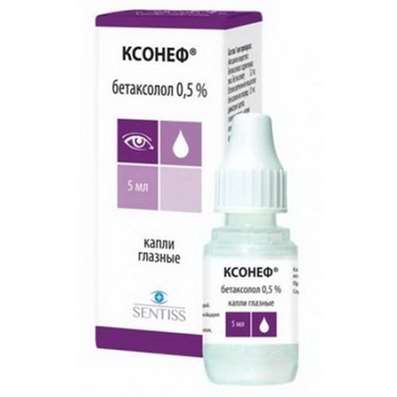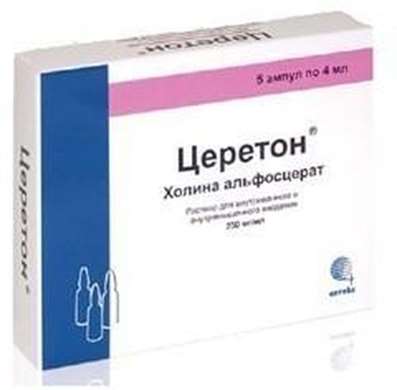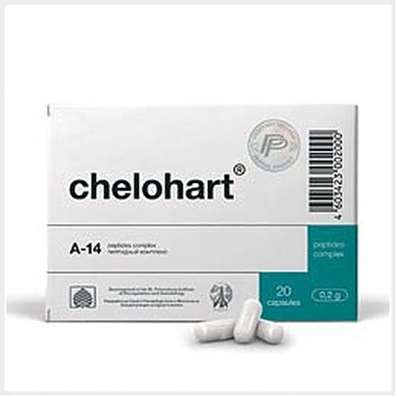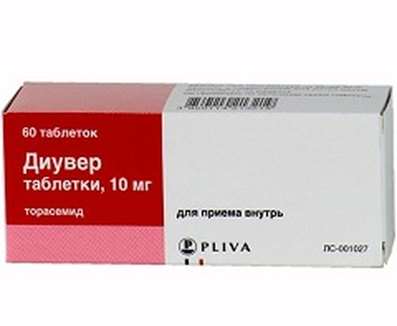Instruction for use: Vaccine diphtheria, tetanus and pertussis
I want this, give me price
Trade name of the drug – ADASEL, Vaccinum pertussico-diphtherico-tetanicum aluminio hydroxydato adsorptum fluidum, Infanrix
The Latin name of the substance Vaccine diphtheria, tetanus and pertussis
Vaccinum ad prophylaxim diphtheriae, pertussis et tetani (genus. Vaccini ad prophylaxim diphtheriae, pertussis et tetani)
Pharmacological group:
Vaccines, serums, phages and toxoids
Model clinical-pharmacological article 1
Characteristic. A suspension of killed pertussis microbes and purified diphtheria and tetanus toxoids sorbed on aluminum hydroxide.
Pharmacotherapy. The introduction of the drug in accordance with the approved scheme forms a specific immunity against pertussis, diphtheria and tetanus.
Indication. Prevention of pertussis, diphtheria and tetanus in children.
Contraindications. Progressive diseases of the nervous system, afebrile convulsions in the anamnesis, a pronounced reaction to the previous administration of the vaccine (hyperthermia above 40 ° C, swelling and hyperemia of the skin more than 8 cm in diameter at the site of administration).
Dosing. IM in the upper outer quadrant of the gluteal region or in the antero-external region of the thigh in a dose of 0.5 ml (single dose). Before use, the ampoule should be shaken thoroughly until a homogeneous suspension is obtained. Vaccination is performed in children from 3 months to 3 years 11 months 29 days. The vaccination course consists of 3 vaccinations with an interval of 1.5 months (3 months, 4.5 months and 6 months). Reduction of intervals is not allowed. If it is necessary to increase the interval, the next administration should be carried out as soon as possible, determined by the state of the child's health. Revaccination is carried out once at the age of 18 months (if the timing of vaccination is violated - 12-13 months after the last vaccination).
Side effect. In the first 2 days: short-term general (increased body temperature, malaise) and local (soreness, hyperemia, swelling) reactions.
Rarely - convulsions (usually associated with fever), episodes of piercing screaming, allergic reactions (urticaria, polymorphic rash, Quincke's edema).
Interaction. It can be administered simultaneously with poliomyelitis vaccine and other vaccines of the national immunization schedule.
Special instructions. If the child has not received a vaccine revaccination before reaching the age of 11 11 months and 29 days, then it is performed with a DSA toxoid (for ages 4 years - 5 years 11 months 29 days) or ADS-M-anatoxin (6 years and older).
Given the possibility of developing allergic reactions of immediate type in particularly sensitive children, vaccinated should be provided with medical supervision within 30 minutes after vaccination. The premises where vaccination is given must be provided with anti-shock therapy.
Vaccination for children who have had pertussis, as well as with contraindications to the use of the vaccine, are performed with ADS-toxoid.
If the child is vaccinated twice, the vaccination course against diphtheria and tetanus is considered complete. If the child is vaccinated once, vaccination can be continued with ADS-M-anatoxin, which is administered once, not earlier than 3 months. In both cases, the first revaccination is performed with ADS-M-anatoxin after 9-12 months after the last vaccination. If complications develop after the third administration of the vaccine, the first revaccination is performed with ADS-M-anatoxin after 12-18 months. Subsequent revaccinations are performed at 7 and 14 years and every subsequent 10 years with ADS-M-anatoxin.
With an increase in body temperature above 38.5 ° C, more than 1% of vaccinated or the emergence of severe local reactions (swelling of soft tissue with a diameter of more than 5 cm, infiltrates with a diameter of more than 2 cm), more than 4% of vaccinated, and the development of severe post-vaccination complications , The vaccination with the drug of this series is discontinued. The question of its further use is decided by the GISK by L.A. Tarasevich.
Children who have had acute illnesses are vaccinated not earlier than 4 weeks after convalescence; For mild forms of respiratory diseases (including rhinitis, mild hyperemia of the throat), vaccination is allowed 2 weeks after recovery. Patients with chronic diseases are vaccinated after reaching a stable remission (at least 4 weeks).
Stable manifestations of an allergic disease (including localized skin rashes, latent bronchospasm) are not a contraindication to vaccination, which can be performed against the background of appropriate therapy.
Children born with a weight less than 2 kg are vaccinated under normal physical and psychomotor development; Lag in weight is not a basis for postponing vaccination.
In order to identify contraindications, the doctor (paramedic) on the day of vaccination is interviewing parents and examining the child with mandatory thermometry. Children released from vaccination should be monitored and recorded and vaccinated in a timely manner.
It is not allowed to administer the vaccine in ampoules with a violation of integrity, lack of marking, change in physical properties (discoloration, presence of non-breakable flakes), improper storage.
Opening of ampoules and the vaccination procedure are carried out with strict adherence to aseptic and antiseptic rules. The opened ampoule is not subject to storage.
The introduction of the vaccine is recorded in the prescribed registration forms with the indication of the serial number, expiry date, manufacturer, date of introduction, the nature of the response to the introduction of the vaccine.

 Cart
Cart





